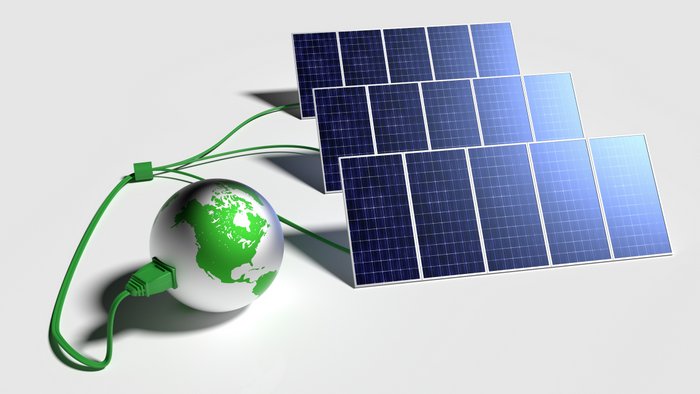
The U.S. solar industry installed 6.1 gigawatts (GW) of solar capacity and — get used to this phrase over the next decade — had its best first quarter in history, according to the US Solar Market Insight Q2 2023 report released today by the Solar Energy Industries Association (SEIA) and Wood Mackenzie. The record quarter was driven in large part by supply chain challenges abating and delayed solar projects moving forward.
Due in part to the strong first quarter numbers and a surge in demand from the Inflation Reduction Act (IRA), Wood Mackenzie expects the solar market to triple in size over the next five years, bringing total installed solar capacity to 378 GW by 2028.
The utility-scale market rebounded from a difficult 2022 with a strong first quarter and a record 3.8 GW of installed solar capacity. This quarter, more module importers were able to satisfy the documentation requirements under the Uyghur Forced Labor Prevention Act (UFLPA). This enabled more solar equipment to make it to project sites and allowed the industry to build out its long pipeline of delayed projects.
Despite rising interest rates and economic headwinds causing customer hesitancy, the residential segment installed 1.6 GW of solar capacity in Q1 2023, a 30% increase from Q1 last year. The residential market segment is on track to add 36 GW of solar over the next five years, growing at an average annual rate of 6%.
The commercial market also had a record first quarter, with 391 MW installed, putting the segment on track for 12% growth in 2023.
Meanwhile, the community solar segment installed 212 MW, a 13% decrease from Q1 2022 due in large part to ongoing interconnection challenges.
By far, Florida was the top solar state in Q1 2023 thanks to 1.46 GW of utility-scale solar installations. Florida installed over 70% more solar capacity in Q1 than the next highest state, California.
Due in part to those installations, the solar industry accounted for 54% of all new electricity-generating capacity added to the grid in Q1.
Manufacturing also on the rise
The IRA has also spurred a surge of new manufacturing announcements, with domestic module capacity expected to rise from fewer than 9 GW today to more than 60 GW by 2026. At least 16 GW of module manufacturing facilities are under construction as of the end of Q1 2023.
While the IRA has already catalyzed major investments in solar manufacturing and deployment, challenges remain with the implementation guidance for the domestic content adder credits in the near-term.
Because the rules to comply with the domestic content adder credit are complex and there is currently no crystalline silicon solar cell manufacturing capacity in the United States, it could take a few years before the credit can be widely used. The rules also fail to provide specific directions for the residential market, leaving this market segment without clarity.
“The US solar industry is slowly starting to see supply chain relief,” said Michelle Davis, head of global solar at Wood Mackenzie and lead author of the report. “At the same time, qualifying for the domestic content adder will be a very complex process for solar project developers. Even once crystalline silicon cell manufacturing is established, many other components will need to be produced domestically before projects can qualify.”
— Solar Builder magazine
Leave a Reply
You must be logged in to post a comment.